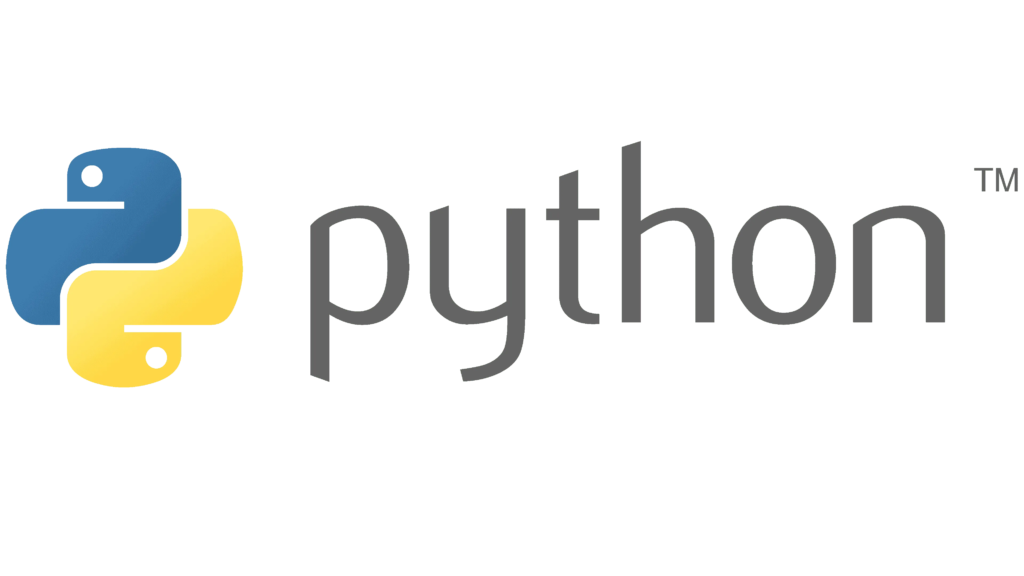Introduction to Python
Python is a high-level, dynamically typed, and interpreted programming language known for its simplicity, readability, and versatility. It was created by Guido van Rossum and released in 1991. Python is widely used in areas such as web development, data science, artificial intelligence, automation, cybersecurity, game development, and cloud computing.
Key Features of Python
| Feature | Description |
|---|---|
| Simple and Readable | Python has a clean and easy-to-read syntax. |
| Interpreted | Executes code line-by-line, making debugging easier. |
| Dynamically Typed | No need to declare variable types explicitly. |
| Object-Oriented & Functional | Supports both OOP and functional programming paradigms. |
| Automatic Memory Management | Uses garbage collection to free unused memory. |
| Extensive Libraries | Rich standard library with third-party modules for various applications. |
| Cross-Platform | Runs on Windows, Linux, macOS, and even embedded systems. |
| Scalability | Can handle large applications, web services, and data processing tasks. |
Python Programming Basics
1. Writing Your First Python Program
Every programming journey starts with the classic “Hello, World!” program.
print("Hello, World!")
2. Variables & Data Types
Python is dynamically typed, meaning you don’t have to specify the data type of a variable.
# Different data types in Python
name = "Alice" # String
age = 25 # Integer
height = 5.6 # Float
is_student = True # Boolean
languages = ["Python", "Java", "C++"] # List
person = {"name": "Bob", "age": 30} # Dictionary
3. Conditional Statements (if-else)
x = 10
if x > 5:
print("x is greater than 5")
elif x == 5:
print("x is equal to 5")
else:
print("x is less than 5")
4. Loops
For Loop
for i in range(5):
print(f"Iteration {i}")
While Loop
x = 5
while x > 0:
print(f"x is {x}")
x -= 1
5. Functions
Functions allow code reuse and modularity.
def greet(name):
return f"Hello, {name}!"
print(greet("Alice"))
6. Lists & List Comprehensions
Lists store multiple items in a single variable.
numbers = [1, 2, 3, 4, 5]
squares = [x**2 for x in numbers] # List comprehension
print(squares)
7. Dictionaries (Key-Value Pairs)
person = {
"name": "John",
"age": 30,
"city": "New York"
}
print(person["name"]) # Output: John
8. Object-Oriented Programming (OOP)
Defining a Class & Creating Objects
class Animal:
def __init__(self, name):
self.name = name
def speak(self):
return f"{self.name} makes a sound"
dog = Animal("Dog")
print(dog.speak()) # Output: Dog makes a sound
Inheritance
class Dog(Animal):
def speak(self):
return f"{self.name} barks"
buddy = Dog("Buddy")
print(buddy.speak()) # Output: Buddy barks
9. Exception Handling
try:
result = 10 / 0
except ZeroDivisionError as e:
print(f"Error: {e}")
finally:
print("Execution completed")
10. File Handling
# Writing to a file
with open("test.txt", "w") as file:
file.write("Hello, Python!")
# Reading from a file
with open("test.txt", "r") as file:
print(file.read())
11. Multithreading & Multiprocessing
import threading
def print_numbers():
for i in range(5):
print(i)
t1 = threading.Thread(target=print_numbers)
t1.start()
t1.join()
12. Decorators (Advanced Python)
def decorator(func):
def wrapper():
print("Before function call")
func()
print("After function call")
return wrapper
@decorator
def hello():
print("Hello, World!")
hello()
Python Use Cases
1. Web Development
Frameworks: Flask, Django, FastAPI
Example using Flask:
from flask import Flask
app = Flask(__name__)
@app.route("/")
def home():
return "Welcome to Python Web Development!"
if __name__ == "__main__":
app.run(debug=True)
2. Data Science & Machine Learning
Libraries: Pandas, NumPy, Matplotlib, Seaborn, Scikit-learn
Example:
import pandas as pd
data = {"Name": ["Alice", "Bob"], "Age": [25, 30]}
df = pd.DataFrame(data)
print(df)
3. Automation & Web Scraping
Libraries: Selenium, BeautifulSoup
Example:
from bs4 import BeautifulSoup
import requests
url = "https://example.com"
response = requests.get(url)
soup = BeautifulSoup(response.text, "html.parser")
print(soup.title.text)
4. Cybersecurity & Ethical Hacking
Tools: Scapy, PyCrypto
Example:
from scapy.all import *
packet = IP(dst="192.168.1.1")/ICMP()
send(packet)
5. Cloud Computing & DevOps
Tools: Boto3 (AWS), Google Cloud SDK
Example:
import boto3
s3 = boto3.client('s3')
buckets = s3.list_buckets()
print(buckets)
Python Performance Optimization
- Use NumPy & Pandas – Optimized for numerical computations.
- Leverage Cython – Compiles Python code to C.
- Use AsyncIO & Multiprocessing – Handles multiple tasks efficiently.
- Profile Performance – Use
cProfileto find slow code parts. - Avoid Global Variables – Reduce memory overhead.
Comparison of Python with Other Languages
| Feature | Python | Java | C++ | JavaScript |
|---|---|---|---|---|
| Ease of Use | ✅ Very Easy | ❌ Complex | ❌ Complex | ✅ Moderate |
| Performance | ❌ Slower | ✅ Faster | ✅ Very Fast | ✅ Moderate |
| Memory Management | ✅ Automatic | ✅ Automatic | ❌ Manual | ✅ Automatic |
| Machine Learning | ✅ TensorFlow, PyTorch | ❌ Limited | ❌ Limited | ❌ Limited |
Conclusion: Why Python?
- Best for beginners & professionals – Easy syntax but powerful features.
- Highly Versatile – Web development, AI, automation, security, and more.
- Strong Job Market – High demand across multiple industries.
Final Verdict: Should You Learn Python?
Absolutely! 🚀 Python is the future of programming, and its applications are limitless!

Leave a Reply